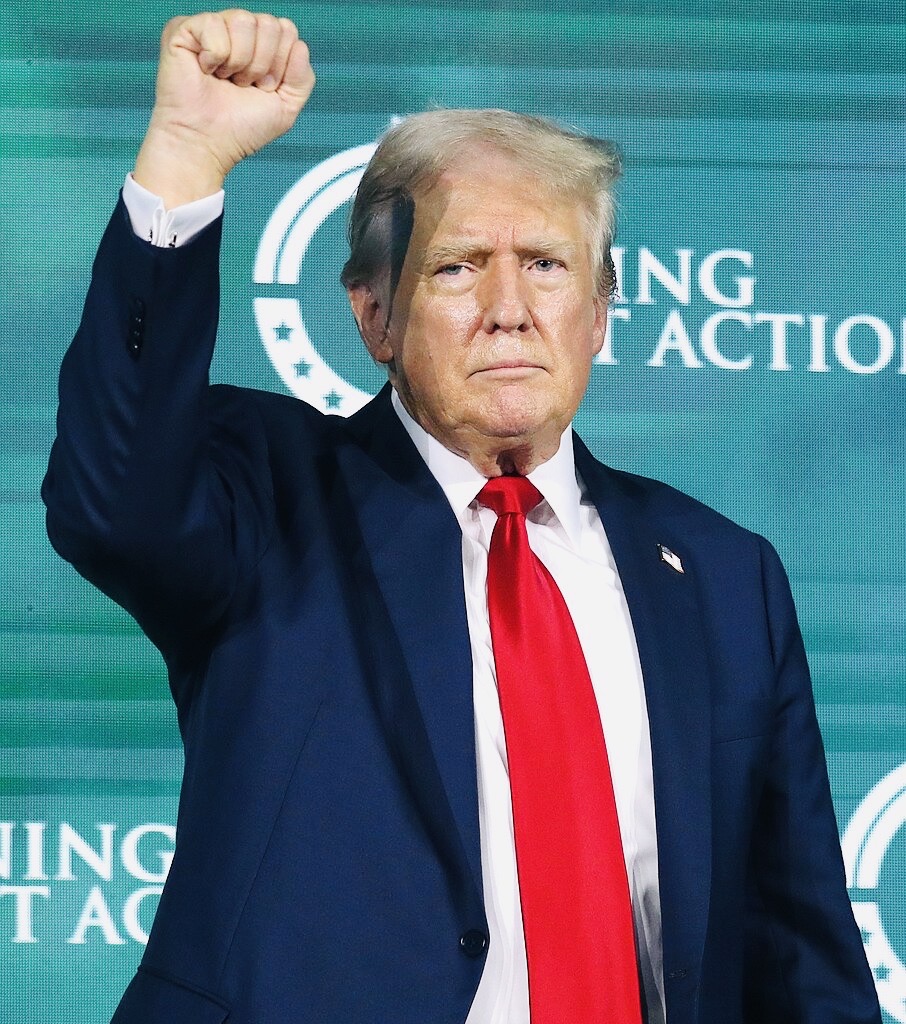As he begins his second four-year term as president of the United States, Donald Trump faces a myriad of challenges in the Middle East, one of the world’s most volatile and unstable regions.
When he was inaugurated in Washington, D.C. on January 20, the fate of Israel’s ceasefire/hostage agreement with Hamas still hung in the balance.
Its first phase unfolded on January 19 with the release of three of 33 Israeli hostages and 90 of nearly 2,000 Palestinian prisoners. But the day before, Prime Minister Benjamin Netanyahu issued a warning that Israel would have a right to resume the 15-month-old war if Hamas violated the deal.

Netanyahu’s sober comment prompted debate whether the next two phases in the six-week process will be completed. They require Israel to fully withdraw from Gaza and end the war.
If the agreement breaks down, as some observers have suggested, Trump may well side with Israel.
His national security adviser, Mike Waltz, offered a partial preview when he said that the U.S. would support Israel “in doing what it has to do” should Hamas renege and the Israeli army and air force restart operations in Gaza.
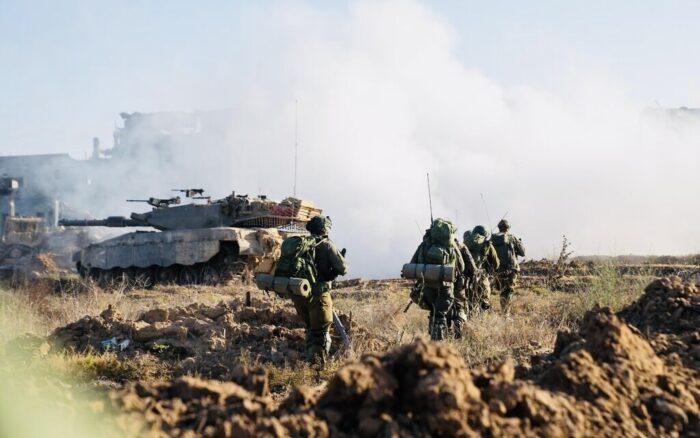
And in another hint of the Trump administration’s Middle East policy, Waltz predicted that “Hamas will never govern Gaza” again and declared that a Hamas takeover would be “completely unacceptable.” These remarks must have been music to the ears of the Israeli government.
In the coming weeks and months, Trump will have to grapple with a number of pressing issues in Gaza.
Israel has not laid out a governance plan for the coastal enclave beyond stating that neither Hamas nor the Palestinian Authority can be in charge of its affairs in the future. And Israel has rejected the possibility of a two-state solution, which the previous Biden administration endorsed and promoted as the only viable outcome of 15 months of war.
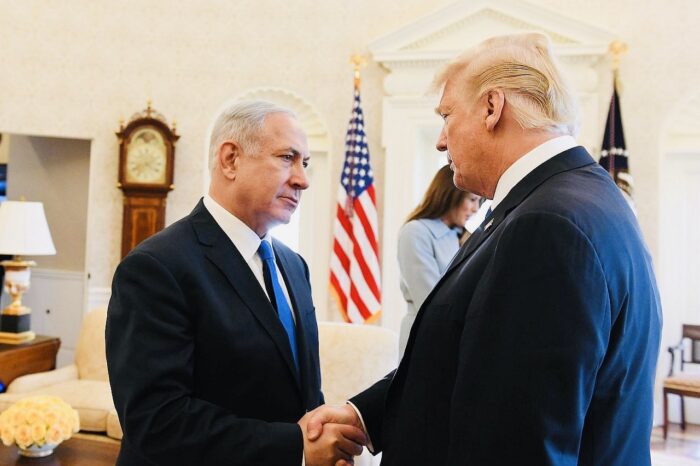
Netanyahu’s refusal so far to deal with these crucial issues leaves a gaping power vacuum in Gaza and poses an immense challenge to Trump, whose intention is to “stop the chaos” in the Middle East, as he said at a rally in Washington on January 19.
If Trump is really serious about including Saudi Arabia in the 2020 Abraham Accords, which led to a normalization of relations between Israel and four Arab states — Bahrain, the United Arab Emirates, Morocco and Sudan — he will have to twist arms and convince Netanyahu that Palestinian statehood must be on the table.
Crown Prince Mohammed bin Salman, the de facto ruler of Saudi Arabia, has repeatedly said that a historic rapprochement with Israel cannot go forward unless it drops its objection to a Palestinian state in the West Bank and the Gaza Strip.
Netanyahu, who has always regarded Palestinian statehood as a threat to Israel’s security, has dug in since October 7, 2023, the day swarms of Hamas terrorists from Gaza stormed into southern Israel, killing roughly 1, 200 people and abducting 251 Israelis and foreign nationals as hostages.
Trump, eying a Nobel Prize for peace, may be ready for a grand deal settling Israel’s differences with Saudi Arabia and granting Palestinians a form of statehood.
During his first presidency, Trump upended decades of U.S. policy. He recognized Jerusalem as Israel’s capital and moved the U.S. embassy from Tel Aviv to Jerusalem. He recognized Israel’s sovereignty on the Golan Heights. He stated that Israeli settlements in the West Bank do not violate international law.
And he unveiled the “deal of the century,” a plan for peace that the Palestinian Authority contemptuously dismissed as one-sided in Israel’s favor. It would have given the Palestinians limited sovereignty in a disjointed state encompassing 70 percent of the West Bank, and it would have allowed Israel to annex one-third of the West Bank and its network of settlements there.
As expected, his plan was dead on arrival.
Inevitably, Trump will have to deal with Iran, which, since the 1979 Islamic revolution, has turned against the United States and has been one of its most indomitable enemies.
In 2018, Trump unilaterally withdrew from the 2015 Iran nuclear agreement, denouncing it as a “disaster.” And under his “maximum pressure” campaign, he reimposed a raft of sanctions on Iran designed to cut off the flow of its oil revenues and cripple its economy.
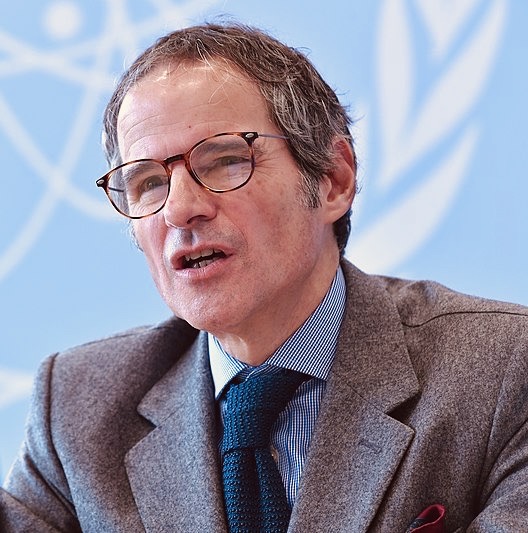
Trump assumed that Iran would bow to his demands and consent to an agreement complying with his expectations. This did not happen. Instead, Iran moved ahead with its nuclear program, accelerating the production of enriched uranium to 60 percent, according to Rafael Grossi, the director of the International Atomic Energy Agency in Vienna.
Last summer, the then U.S. secretary of state, Antony Blinken, warned that Iran would need only “one or two weeks” to enrich uranium to an atomic bomb grade level of 90 percent.
During his reelection campaign, Trump said he would be open to renegotiating the nuclear deal, a position he shares with Iran’s relatively moderate president, Masoud Pezeshkian. It remains to be seen whether this scenario will materialize.
During his first term, he was loathe to launch an attack against Iran, notwithstanding the U.S. assassination of Qassem Soleimani, the commander of the Quds Force, the strike arm of the Islamic Revolutionary Guards Corps.
This time around, in light of Iran’s recent attempt to assassinate him, Trump may well be tempted to bomb its nuclear facilities in Natanz, Fordow and Isfahan if diplomacy fails.
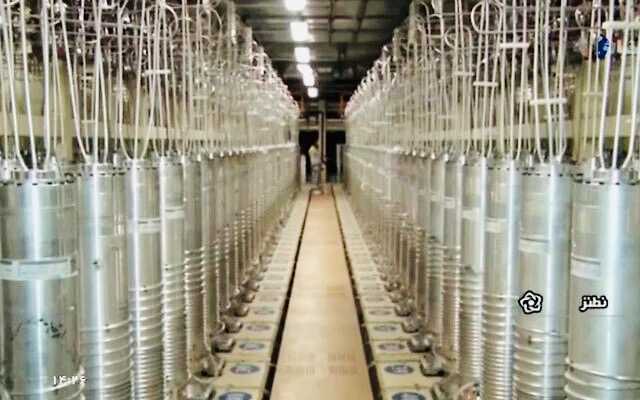
It would not be surprising if Israel tries to destroy Iran’s nuclear facilities, with or without the cooperation or participation of the United States. Prior to his resignation as Israeli defence minister, Yoav Gallant said there was “a window to act against Iran” before it attempts to manufacture a nuclear weapon.
Today, following its destruction of Iran’s air defences and ballistic missile fuel plants late last October, Israel is in a far better position to carry out such a daunting mission.
For Trump, Syria looms large, especially since the downfall of President Bashar al-Assad’s autocratic regime early last month.
As Syrian rebels stormed Damascus en route to toppling Assad, Trump described Syria as “a mess” and said the United States “should have nothing to do with it.” As he put it, “This is not our fight. Let it play out. Do not get involved.” A few years ago, he branded Syria as a nation of “sand and death.”
Trump’s comments were perfectly aligned with his view that the U.S. should tread carefully in the Middle East. “No amount of American blood or treasure can produce lasting peace and security in the Middle East,” he said. “It’s a troubled place. We will try to make it better, but it is a troubled place. The United States will be a partner and a friend, but the fate of the region lies in the hands of its own people.”
Under this doctrine, Trump will have to decide whether to recognize Hayat Tahrir al-Sham (HTS), the jihadist group that has seized power in Syria. The United States severed diplomatic relations with Syria in 2012, less than a year after the outbreak of its civil war.
Shortly after the rebels ousted Assad, a U.S. diplomatic delegation arrived in Damascus in a bid to shape the political landscape in Syria. In concessions to HTS’s leader, Ahmed al-Shara, the United States removed a $10 million bounty on his head and lifted several some restrictions on humanitarian aid to Syria.
It is debatable whether Trump will adopt a conciliatory policy toward the HTS government, but with Assad gone, the United States has a golden opportunity to supplant Russia and Iran as the main foreign influencer in Syria.
In this connection, Trump must decide whether to retain U.S. military outposts in northeastern and southern Syria, where upwards of 2,000 troops are stationed.
During his first term, he promised to pull American soldiers out of Syria, but was dissuaded by advisors such as John Bolton, his national security advisor. They argued that a U.S. military presence was necessary to check Iranian influence and crush an Islamic State resurgence.
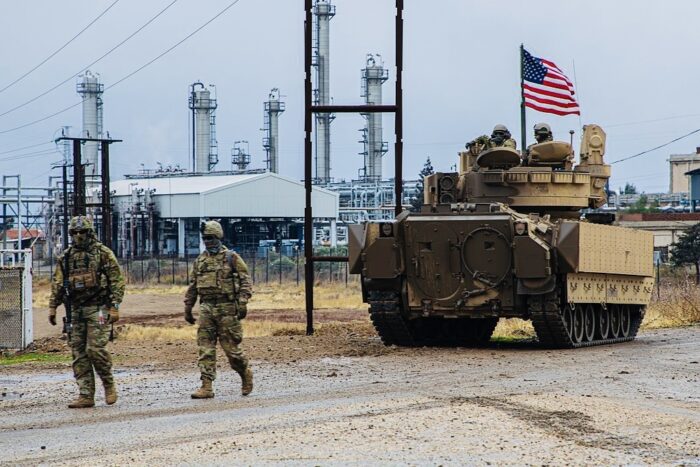
Iran, having pulled out its forces and proxies from Syria since Assad’s demise, no longer looms as a reason for Trump to keep troops on Syrian soil. But Islamic State is still very much of a problem.
Jake Sullivan, President Joe Biden’s national security adviser, warned recently that his single biggest concern was that Islamic State would regroup. As will be recalled, the United States smashed Islamic State’s caliphate in Iraq and Syria during Trump’s presidency. Since then and particularly since Assad’s fall, as Sullivan noted, Islamic State has been doing “everything it can … to regrow its capabilities.”
Trump’s director of national intelligence, Tulsi Gabbard, is of the opinion that the United States should not get enmeshed in Syria’s convoluted internal affairs. But Marco Rubio, the secretary of state, has supported an active U.S. role in Syria
Waltz, Sullivan’s successor, does not think that Trump will follow through on his longstanding vow to pull U.S. troops out of Syria. “The president has been crystal clear on his mandate from the voters to do everything he can to avoid us getting (dragged) into more Middle East wars,” Waltz said. “But in Syria, he is clear-eyed about the threat” posed by Islamic State. “We have to keep a lid on it.”
Trump, who ordered two separate air strikes against Assad’s forces in 2017 and 2018 in retaliation for their use of chemical weapons against rebel groups and civilians, faces another issue in Syria. He must decide whether to support Israel’s seizure of the Syrian side of Mount Hermon and the United Nations’ demilitarized zone adjacent to the Golan Heights.
In Lebanon, which is still recovering from Israel’s invasion last October, the Trump administration will monitor a ceasefire brokered by the Biden administration in November. It calls for an Israeli pullout and the withdrawal of Hezbollah men and materiel to points north of the Litani River, a distance of about 30 kilometers from Israel’s northern border.
And in Iraq, Trump’s mission will be to wean it away from Iran’s increasingly tight embrace.
It is clear that Trump has his work cut out for him in the Middle East. Whether he is up to the task of successfully managing the constant crises there is something we will soon find out.
